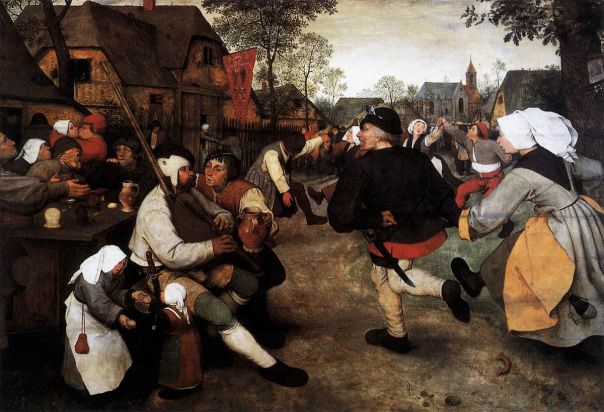
Even though the Renaissance is often thought of as an age of luxury, only the Italian elite enjoyed most of the cultural advancements.1 The social classes of the medieval period remained, the poorest citizens not seeing the great advancements in art, science, and architecture that came with the Italian Renaissance.2
The Renaissance consisted of the following social categories: the nobility (landowners who were also royal advisers, politicians, and military officers), merchants (people who obtained wealth from international trade and large industries), tradesmen (crafts workers, shopkeepers), unskilled labourers, and at the bottom of the social order, peasants.3 Peasants were farmers, the poorest of which were sharecroppers who worked and lived on land owned by nobles.4
Although Italian city life improved significantly since medieval times, as dark cities constructed from wood became bright marble cities with the increase in wealth, this was not the case for the peasantry residing in the Italian countryside.5 There was a lot of hardship on peasant farms, and starvation was common as peasants did not have access to food, since a huge gap remained between the rich and the poor.6 When peasants did have food, they mostly consumed course dark bread, beans, pasta, and buckwheat polenta, and this diet did not change since medieval times—this is just one example of how life for peasants did not improve as it did for the rich.7
However, peasants still found ways to copy the upper classes. For example, it was customary for noblewomen to offer property or money to entice a family to hand over their son in marriage, called a dowry.8 Even peasant women had to provide a dowry, despite this practice bankrupting peasant families.9
As the Renaissance progressed, social classes steadily became less distinct as the middle classes grew.10 Although humanist ideas of the Renaissance lead to more rights for people, long after the Renaissance the same class system still remained throughout most of Europe.11
